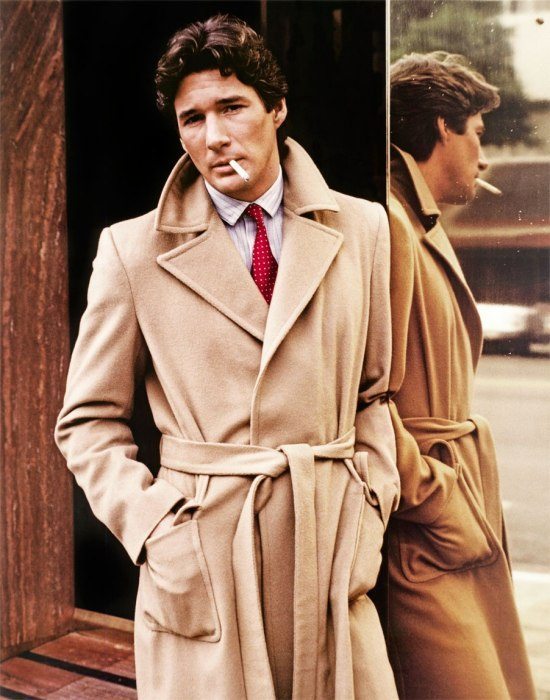I have been entranced by the following image of Noel Coward - no doubt due to the man, and not the clothes - and wanted to know more about his coat.

The polo looks to be a 1x1 DB, and an inviting one at that:


The simplicity of a wrap closing is captivating; however, my only experience with such is through robes and gowns. It's a mental stretch, and I am no Noel Coward. Should one belt up, or button up? And on the latter, is there any precedent for a fly-front DB without the show buttons (alternatively, a fly-front SB with the overlap of a DB)

Regards.



